When the writers of a show hold advanced degrees in mathematics, computer science, and physics from prestigious institutions like Harvard, MIT, and UC Berkeley, you know there are bound to be references that go over your head. Far from your average cartoon, Futurama is infused with complex mathematical jokes, scientific accuracy, and clever plots that often incorporate sophisticated scientific and philosophical concepts. This unique blend of humor and intellect has contributed to the cult status of the show, setting it apart as a smartly written series (that isn’t afraid to make you laugh with the most base, immature humor either).
If you understood even a single one of these jokes while watching the show, good for you! It’s highly likely that the average person watching the show would miss all of them.
9. Mind The (Keeler) Gap
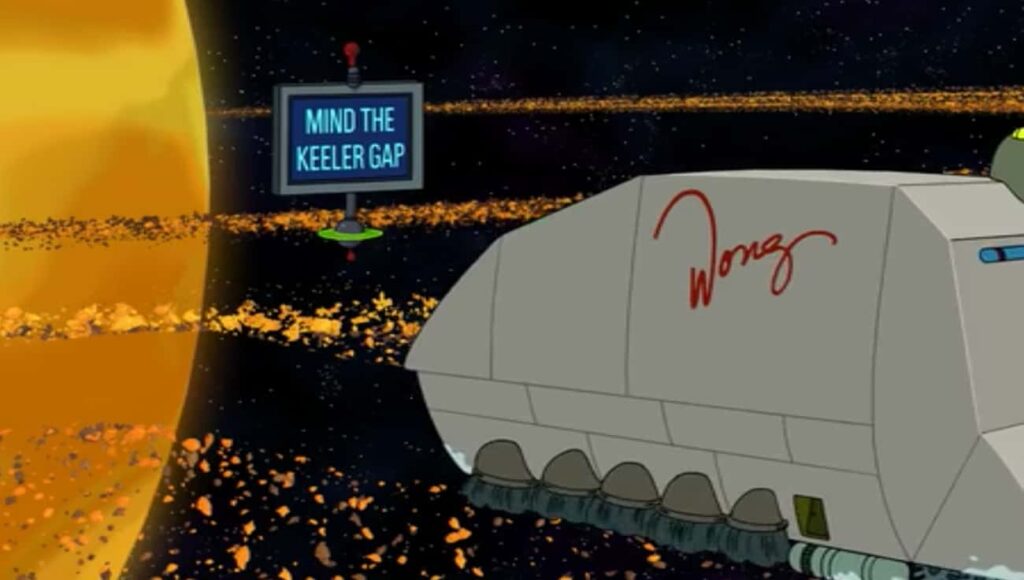
Featured in the TV movie (or Episode 4 of Season 6, as it was styled after the show was picked up again) “Into The Wild Green Yonder,” this quick sight gag tests viewers knowledge of astronomy.
A sign on the rings of Saturn reads “Mind The Keeler Gap,” a reference both to the famous “Mind The Gap” warning of the London tube system and the real-life Keeler Gap, a 42-kilometer wide gap in the A Ring of Saturn named in honor of James Edward Keeler.
8. What Happens in Cygnus X-1
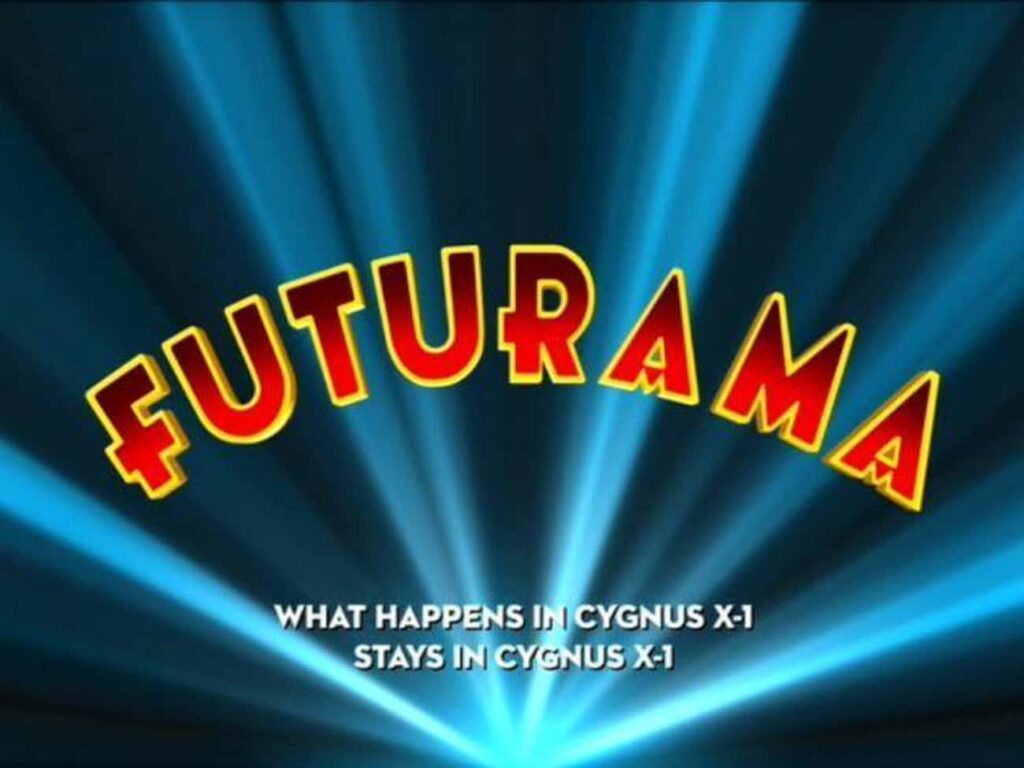
The opening title card of “Prisoner of Benda” reads, “What happens in Cygnus X-1 stays in Cygnus X-1.” An obvious reference to “What happens in Vegas stays in Vegas,” the joke here is that Cygnus X-1 is a black hole. So even light that gets to close will, in fact, never leave. And presumably any and all gambling.
7. Boogie Nights To The Third Power
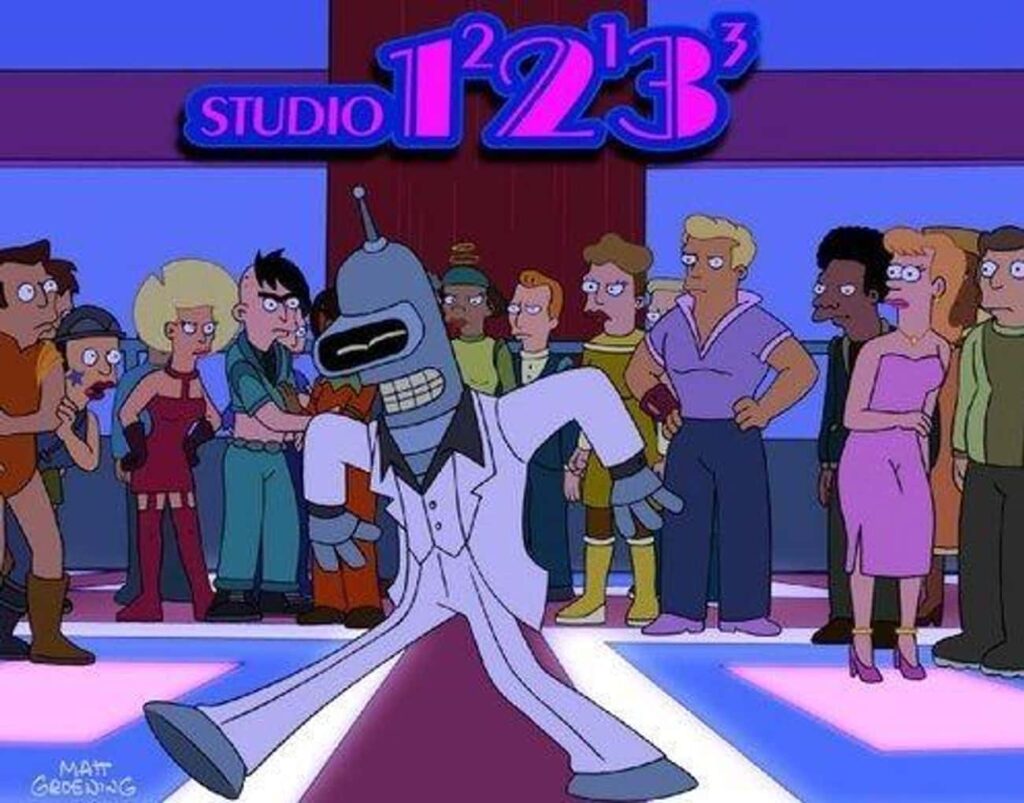
In several episodes of Futurama, Bender and the crew visit Studio 1^2 2^1 3^3. This multiplies to 54, a reference to the famous Studio 54.
Seems like a great place to get down (provided you can do exponential math).
6. Colleen’s T-Shirt Equation
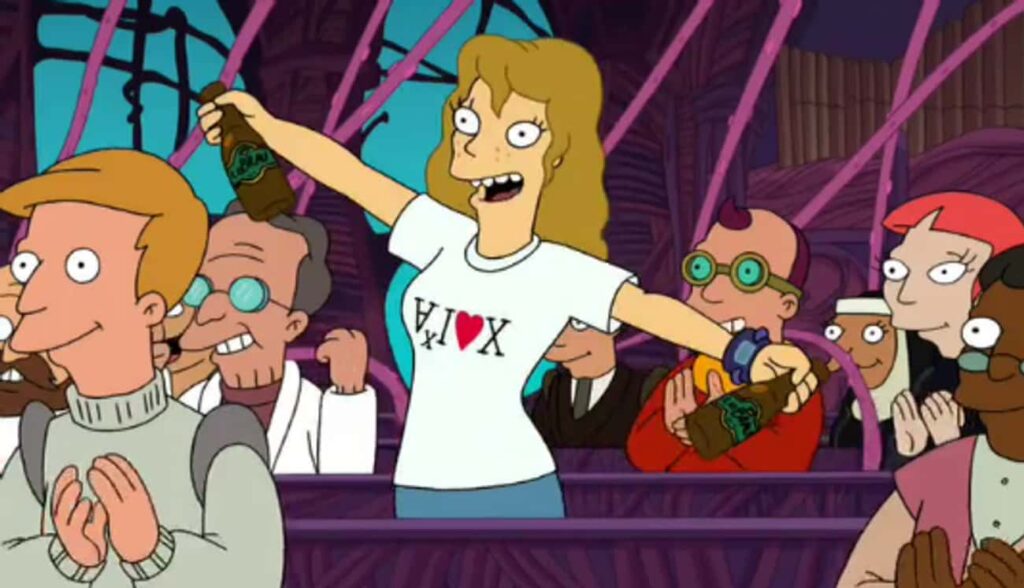
Colleen’s shirt features a math equation that parodies the famous “I Love NY” campaign. It basically translates to “for all X, I love X”. Or “I love everything/everyone.”
Very appropriate given the plot line featured what amounts to a planet-spanning orgy in “The Beast with a Billion Backs,” and Colleen is a polyamorous character who loves everyone.
5. The Quantum Finish
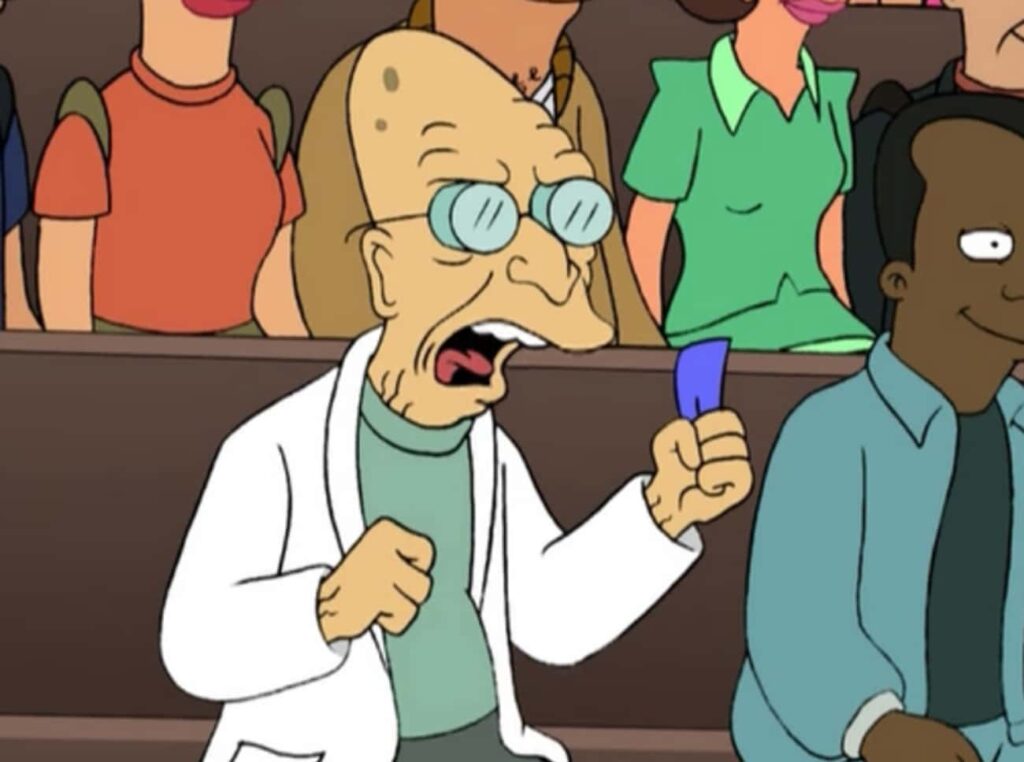
Officials use an electron microscope to determine the winner of a horse race in “The Luck of the Fryrish.” The officials declare the race a “quantum finish,” and Professor Farnsworth complains, “No fair! You changed the outcome by measuring it!” This refers to the observer effect, a phenomenon in physics that observing quantum particles can change their position.
Which means all Futurama episodes might be different if they were played in an empty room. Food for thought.
4. A Sneaky Vonnegut Reference
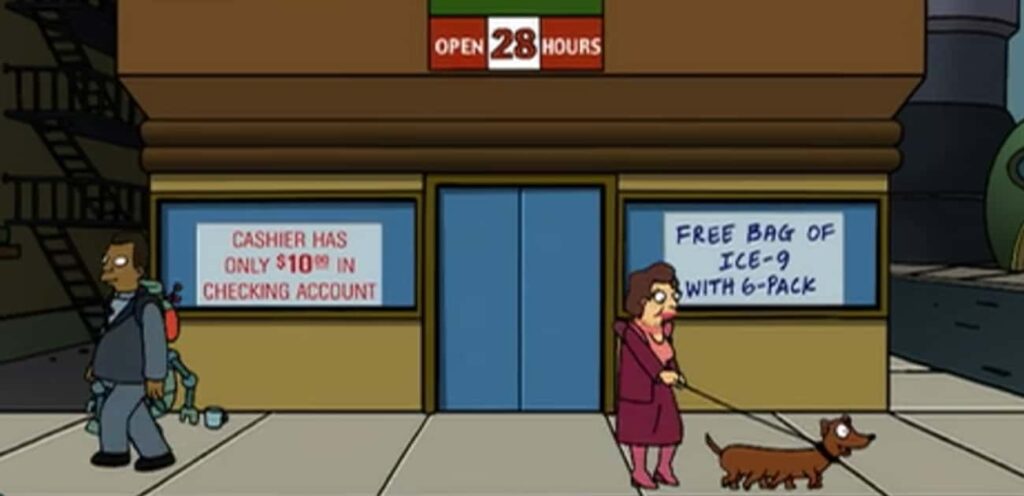
This joke is so fast, you can be forgiven for missing it. Seen in the episode “War is the H-Word,” a quick establishing shot of a 7-11 establishes that it’s open for 28 hours a day, the poverty of the cashier, and most interestingly offers a promotion for a free bag of Ice-9 with the purchase of a six-pack.
Ice-nine is a literary reference to Kurt Vonnegut’s fourth novel Cat’s Cradle. In the book, ice-nine is a crystalline substance capable of changing all the water in the world to an non-potable ice-like material. The fact that such a devastating material would be available for free at a convenience store showcases Futurama’s absurdity at its finest.
1729 Is A Magic Number
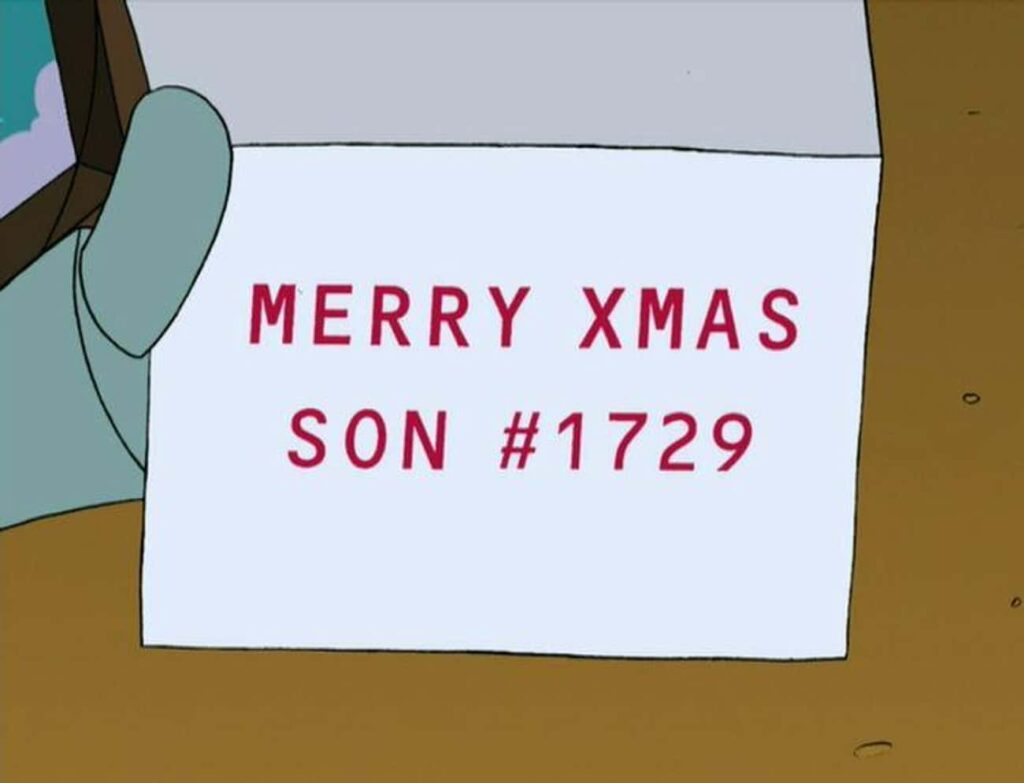
The number 1729 shows up in Futurama too many times to be a coincidence. As seen in “Xmas Story” from a holiday card, we know that Bender is Mom’s 1729th son. In “The Farnsworth Parabox,” Fry visits Universe 1729, and 1729 happens to be the registration number of The Nimbus, Zap Brannigan’s ship.
So, then, why does this number keep cropping up? It’s actually known in mathematics circles as the Hardy-Ramanujan number. Apparently, when British mathematician G. H. Hardy once rode to visit his friend (and fellow mathematician) Srinivasa Ramanujan. He remarked that the cab he took there had been a dull number (1729) to which Ramanujan replied that it was, in fact, an interesting number. 1729 is the smallest number expressible as the sum of two cubes in two different ways. Comedy!
2. Futurama Invents A Mathematical Theorem
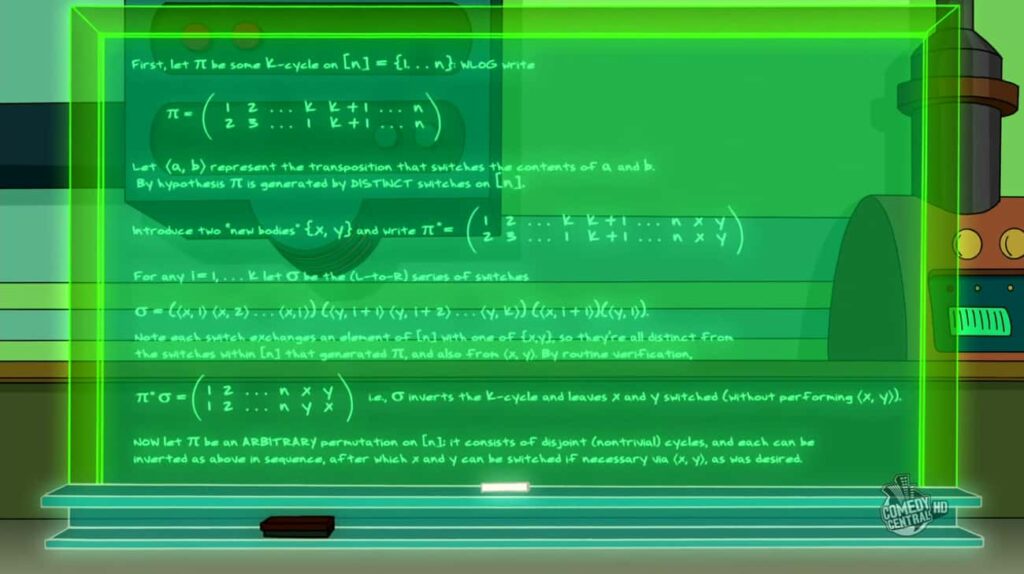
Ken Keeler invented a real mathematical theorem in order to explain the body switching featured in “The Prisoner of Benda.” Keeler, in addition to writing for Futurama, holds a PhD in Applied Mathematics. Apparently, he included the joke to help popularize mathematics among young fans of the show.
1. Bender Has Less Processing Power Than Your Phone
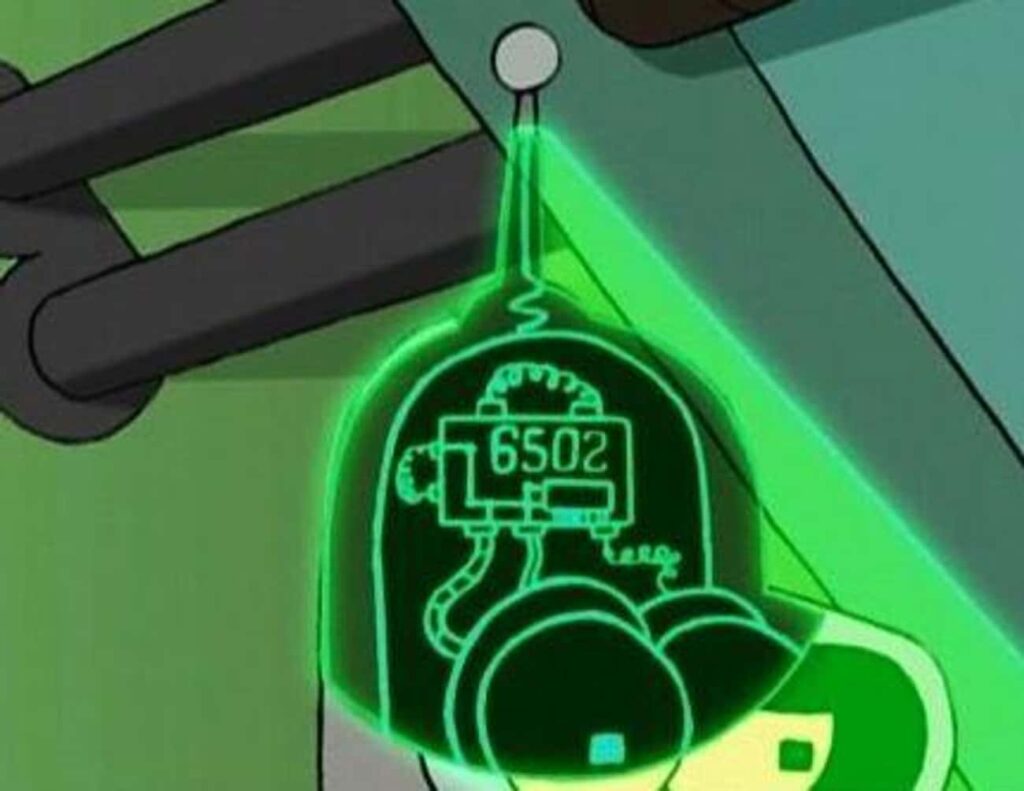
When Bender gets an X-ray during “Fry and the Slurm Factory,” viewers are treated to a look inside the foul-mouthed robot’s head. There, we can see that Bender uses a processor labeled “6502.” As computer scientists are well aware, the 6502 microprocessor was the same model Steve Wozniak used for the Apple II in 1977.
Perhaps that lack of computational power explains some of Bender’s more questionable decisions.

